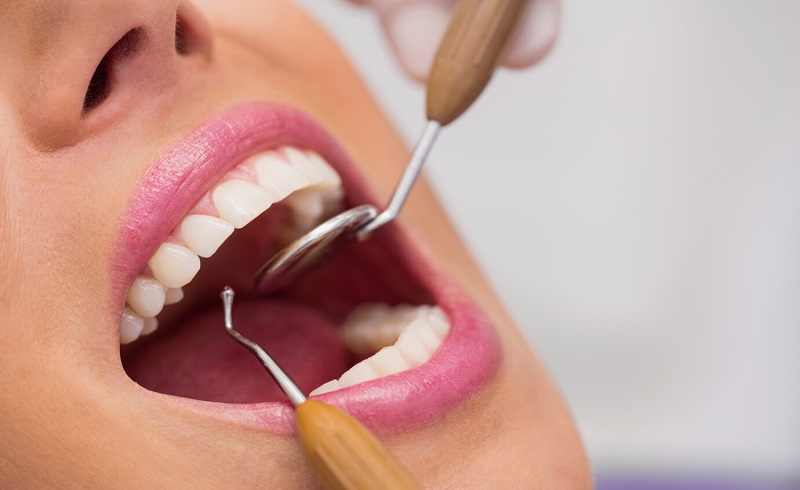
Teeth Whitening
Cosmetic dentistry is one of the most popular services in dental clinics nowadays however teeth whitening is one of the safest and most convenient ways to have a brighter smile, the teeth whitening procedure requires no shaving of teeth or any long-term harm on teeth, gums, or bone; and you can see the difference in just one visit.
Teeth whitening procedures begin with a checkup and general examination of the patient’s oral health. During the examination, the dentist must check for and notify the patient of any dental problems that may affect the procedure, for example present of anterior prosthetic units such as implant crowns, bridges, and so on, or having direct composite veneers, severely decayed teeth that are in need of dental treatment.
Following the examination, the dentist will describe the process, and if the patient understands, he or she will proceed and sign the consent form.
Procedure Technique
If the patient requires dental cleaning, prophylaxis is initiated, followed by teeth polishing to maintain any discoloration that may impair the outcome. pre-whitening shade taken, alginate impression used for bleaching tray for in-home bleaching, Vitamin smoothing lotion applied on lips, lip retractor and liquidam appliance which is gel layer placed on the gum to protect it, teeth coated with whitening chairside activated gel 25% H2O2 solution, 2 sessions of laser whining take 15 min each done under light provided by whitening laser machine, liquidam and VITAMIN was removed, post operative shade selection, . The patient is provided oral hygiene and post-operative instructions.
Whitening Is Not The Perfect Treatment In These Cases
- Extremely sensitive teeth, whitening in such circumstances might cause irritation, and a home bleaching kit with a customized tray can be a useful alternative option.
- Whitening gel has no effect on anterior crowns, bridges, implants, or composite restorations; therefore, it only improves the shade of natural teeth. To avoid pain or feelings of sensitivity, any active infection, cavities, or pending therapy should be treated before the whitening.
Whitening Aftercare
According to the activation of the whitening gel material, some patients may feel discomfort in the first 48 hours after the in-office whitening due to sensitivity; patients are advised to stay away from very cold beverages or acidic food to eliminate any trigger for sensitivity; however, this sensitivity disappears gradually in a maximum of three days after the procedure.
Foods with colorants or spices should be avoided for the first two weeks; if you must eat such a meal, attempt to rinse teeth with water shortly afterward to avoid staining.
Coffee, tea, smoking, and alcohol are the most common causes of tooth staining; patients need to limit their daily intake and maintain proper oral hygiene to avoid this stain.
Using straw for drinking is one of the most effective ways for minimizing beverage contamination with teeth; attempt to use strew even in your daily activities, regardless of whitening.
Side Effect Of Teeth Whitening
- Teeth sensitivity is a side effect of teeth whitening.
- Chance of accidently white patch on the gum (gingiva) is only short-term for up to 24 hours, after that the gum turns back to its usual pinkish color.




